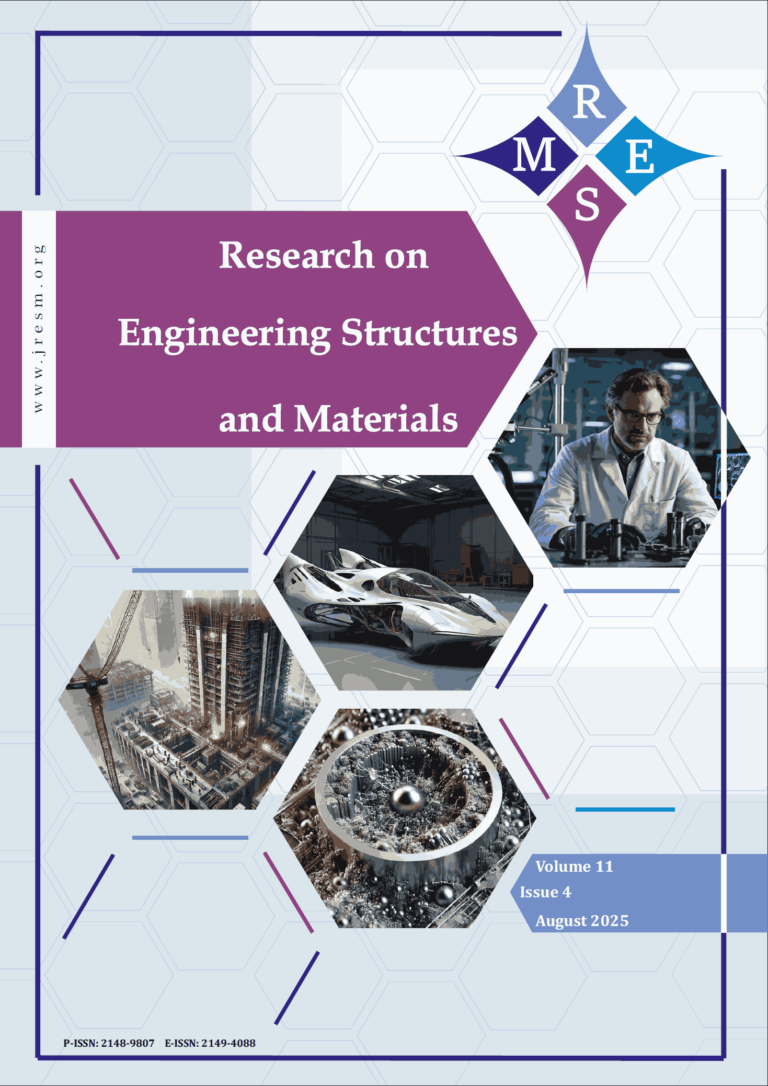Coral sand is one of the typical subsoils for construction projects on coastal and island regions in Southeast Asia, including Vietnam’s islands. In these regions, many structures are made from stainless steel to withstand the marine environment. Due to the load characteristics, these structures often face stability challenges, such as excessive settlement and horizontal displacement. Although these stability issues are closely related to the interaction behavior between the soil and the structure, the interfacial friction resistance between the coral sand and the steel has not been fully clarified. Therefore, in this paper, the friction characteristics between coral sand and stainless steel will be investigated through experiments. A series of direct shear tests using a modified shear box were conducted, considering the influence of magnitude of normal loads, the repetition of load, and the shear rate. The experimental results show that, the magnitude of loads affects the level of particle interlock and particle breakage, thereby affecting the interaction friction strength. Under a low number of load repetition cycles (<10 times), the soil particles become more densely packed, resulting in higher friction strength, however, at a higher number of cycles, grain breakage increased causing the decrease in friction strength. For the effect of shearing rate, no significant effect was observed.
Pham DT, Hoang TL, Mai VC, Tong KT, Pham DP, Do MN. Experimental study on friction characteristics between stainless steel and saturated dense coral sand. Res. Eng. Struct. Mater., 2025; 11(2): 969-984.
